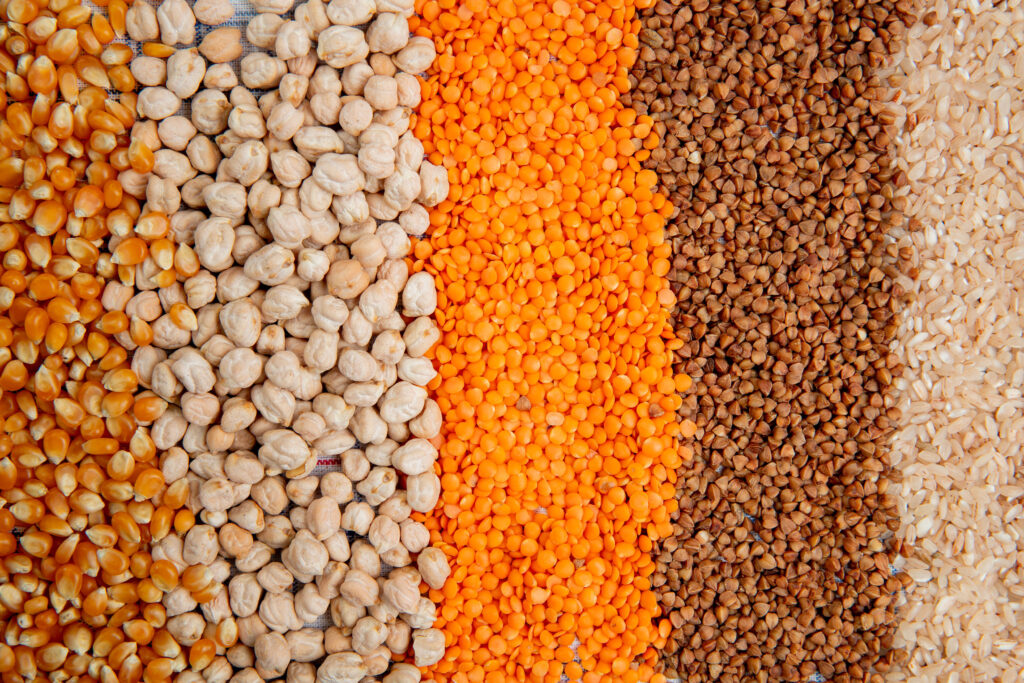
Image: Freepik
Grain production in Brazil is expected to increase by 24.1% over the next ten years, reaching nearly 390 million tons in the 2032/2033 harvest, with an increase of 75.5 million tons. This increase corresponds to a growth rate of 2.4% per year. Soybeans, second-crop corn, and cotton are expected to continue driving growth in grain production. The grain area is expected to expand from the current 77.5 million hectares (Conab – May/2023) to 92.3 million hectares in 2032/33. The figures are from the study Agribusiness Projections, Brazil 2022/23 to 2032/33, carried out by the Secretariat of Agricultural Policy, of the Ministry of Agriculture and Livestock (Mapa) and the Brazilian Agricultural Research Corporation (Embrapa).
According to information released by Mapa, the projections for Agribusiness show enormous potential for growth in the sector, which should occur mainly based on productivity. However, according to the research, it will be necessary to increase investment in research. The expansion of the area should occur due to the growth pattern of Brazilian agriculture. According to the study, productivity and technologies work together towards sustainable growth.
{module Form RD}
Soybean production in 2032/33 is projected at 186.7 million tons, an increase of 20.6% compared to production in 2022/23. Soybean grain exports are projected at 121.4 million tons, with an expected share of 60.6% in global shipments. The second-crop corn area is expected to expand over areas freed up by soybeans, in the no-till system. Corn and soybeans are expected to come under pressure due to their increasing use as relevant crops for the production of biofuels – biodiesel and corn ethanol.
Total corn production is projected at 160 million tonnes in 2032/33, up 27% from 2022/23. Exports and demand for corn for ethanol production will be two important drivers of corn cultivation. Corn is becoming increasingly important as a raw material and as a food.
Brazil and the United States are expected to jointly lead global corn exports, estimated at 69 million tons per country. This corresponds to a share of exports of 30% for each country.
Cotton lint projections indicate production of 3.6 million tons in ten years, an expansion of 26.8%, dominated mainly by productivity. Mato Grosso and Bahia currently account for 90% of national production. The increase in productivity is expected to be driven by genetic improvement, better agronomic practices, new technologies and precision agriculture.
Brazil is expected to account for 12.5% of global cotton production in 2030. The United States, Brazil and India are expected to be the main exporters by the end of these projections. Cotton consumption in Brazil is expected to remain stable in the coming years, reaching 732 thousand tons per year.
Source: Aline Merladete | agrolink
{module Read Also}













